最后給出完整的SURF算法實現的拼接代碼。
#include “highgui/highgui.hpp”
#include “opencv2/nonfree/nonfree.hpp”
#include “opencv2/legacy/legacy.hpp”
#include 《iostream》
using namespace cv;
using namespace std;
void OptimizeSeam(Mat& img1, Mat& trans, Mat& dst);
typedef struct
{
Point2f left_top;
Point2f left_bottom;
Point2f right_top;
Point2f right_bottom;
}four_corners_t;
four_corners_t corners;
void CalcCorners(const Mat& H, const Mat& src)
{
double v2[] = { 0, 0, 1 };//左上角
double v1[3];//變換后的坐標值
Mat V2 = Mat(3, 1, CV_64FC1, v2); //列向量
Mat V1 = Mat(3, 1, CV_64FC1, v1); //列向量
V1 = H * V2;
//左上角(0,0,1)
cout 《《 “V2: ” 《《 V2 《《 endl;
cout 《《 “V1: ” 《《 V1 《《 endl;
corners.left_top.x = v1[0] / v1[2];
corners.left_top.y = v1[1] / v1[2];
//左下角(0,src.rows,1)
v2[0] = 0;
v2[1] = src.rows;
v2[2] = 1;
V2 = Mat(3, 1, CV_64FC1, v2); //列向量
V1 = Mat(3, 1, CV_64FC1, v1); //列向量
V1 = H * V2;
corners.left_bottom.x = v1[0] / v1[2];
corners.left_bottom.y = v1[1] / v1[2];
//右上角(src.cols,0,1)
v2[0] = src.cols;
v2[1] = 0;
v2[2] = 1;
V2 = Mat(3, 1, CV_64FC1, v2); //列向量
V1 = Mat(3, 1, CV_64FC1, v1); //列向量
V1 = H * V2;
corners.right_top.x = v1[0] / v1[2];
corners.right_top.y = v1[1] / v1[2];
//右下角(src.cols,src.rows,1)
v2[0] = src.cols;
v2[1] = src.rows;
v2[2] = 1;
V2 = Mat(3, 1, CV_64FC1, v2); //列向量
V1 = Mat(3, 1, CV_64FC1, v1); //列向量
V1 = H * V2;
corners.right_bottom.x = v1[0] / v1[2];
corners.right_bottom.y = v1[1] / v1[2];
}
int main(int argc, char *argv[])
{
Mat image01 = imread(“g5.jpg”, 1); //右圖
Mat image02 = imread(“g4.jpg”, 1); //左圖
imshow(“p2”, image01);
imshow(“p1”, image02);
//灰度圖轉換
Mat image1, image2;
cvtColor(image01, image1, CV_RGB2GRAY);
cvtColor(image02, image2, CV_RGB2GRAY);
//提取特征點
SurfFeatureDetector Detector(2000);
vector《KeyPoint》 keyPoint1, keyPoint2;
Detector.detect(image1, keyPoint1);
Detector.detect(image2, keyPoint2);
//特征點描述,為下邊的特征點匹配做準備
SurfDescriptorExtractor Descriptor;
Mat imageDesc1, imageDesc2;
Descriptor.compute(image1, keyPoint1, imageDesc1);
Descriptor.compute(image2, keyPoint2, imageDesc2);
FlannBasedMatcher matcher;
vector《vector《DMatch》 》 matchePoints;
vector《DMatch》 GoodMatchePoints;
vector《Mat》 train_desc(1, imageDesc1);
matcher.add(train_desc);
matcher.train();
matcher.knnMatch(imageDesc2, matchePoints, 2);
cout 《《 “total match points: ” 《《 matchePoints.size() 《《 endl;
// Lowe‘s algorithm,獲取優秀匹配點
for (int i = 0; i 《 matchePoints.size(); i++)
{
if (matchePoints[i][0].distance 《 0.4 * matchePoints[i][1].distance)
{
GoodMatchePoints.push_back(matchePoints[i][0]);
}
}
Mat first_match;
drawMatches(image02, keyPoint2, image01, keyPoint1, GoodMatchePoints, first_match);
imshow(“first_match ”, first_match);
vector《Point2f》 imagePoints1, imagePoints2;
for (int i = 0; i《GoodMatchePoints.size(); i++)
{
imagePoints2.push_back(keyPoint2[GoodMatchePoints[i].queryIdx].pt);
imagePoints1.push_back(keyPoint1[GoodMatchePoints[i].trainIdx].pt);
}
//獲取圖像1到圖像2的投影映射矩陣 尺寸為3*3
Mat homo = findHomography(imagePoints1, imagePoints2, CV_RANSAC);
////也可以使用getPerspectiveTransform方法獲得透視變換矩陣,不過要求只能有4個點,效果稍差
//Mat homo=getPerspectiveTransform(imagePoints1,imagePoints2);
cout 《《 “變換矩陣為: ” 《《 homo 《《 endl 《《 endl; //輸出映射矩陣
//計算配準圖的四個頂點坐標
CalcCorners(homo, image01);
cout 《《 “left_top:” 《《 corners.left_top 《《 endl;
cout 《《 “left_bottom:” 《《 corners.left_bottom 《《 endl;
cout 《《 “right_top:” 《《 corners.right_top 《《 endl;
cout 《《 “right_bottom:” 《《 corners.right_bottom 《《 endl;
//圖像配準
Mat imageTransform1, imageTransform2;
warpPerspective(image01, imageTransform1, homo, Size(MAX(corners.right_top.x, corners.right_bottom.x), image02.rows));
//warpPerspective(image01, imageTransform2, adjustMat*homo, Size(image02.cols*1.3, image02.rows*1.8));
imshow(“直接經過透視矩陣變換”, imageTransform1);
imwrite(“trans1.jpg”, imageTransform1);
//創建拼接后的圖,需提前計算圖的大小
int dst_width = imageTransform1.cols; //取最右點的長度為拼接圖的長度
int dst_height = image02.rows;
Mat dst(dst_height, dst_width, CV_8UC3);
dst.setTo(0);
imageTransform1.copyTo(dst(Rect(0, 0, imageTransform1.cols, imageTransform1.rows))); image02.copyTo(dst(Rect(0, 0, image02.cols, image02.rows)));
imshow(“b_dst”, dst);
OptimizeSeam(image02, imageTransform1, dst);
imshow(“dst”, dst);
imwrite(“dst.jpg”, dst);
waitKey();
return 0;
}
//優化兩圖的連接處,使得拼接自然
void OptimizeSeam(Mat& img1, Mat& trans, Mat& dst)
{
int start = MIN(corners.left_top.x, corners.left_bottom.x);//開始位置,即重疊區域的左邊界
double processWidth = img1.cols - start;//重疊區域的寬度
int rows = dst.rows;
int cols = img1.cols; //注意,是列數*通道數
double alpha = 1;//img1中像素的權重
for (int i = 0; i 《 rows; i++)
{
uchar* p = img1.ptr《uchar》(i); //獲取第i行的首地址
uchar* t = trans.ptr《uchar》(i);
uchar* d = dst.ptr《uchar》(i);
for (int j = start; j 《 cols; j++)
{
//如果遇到圖像trans中無像素的黑點,則完全拷貝img1中的數據
if (t[j * 3] == 0 && t[j * 3 + 1] == 0 && t[j * 3 + 2] == 0)
{
alpha = 1;
}
else
{
//img1中像素的權重,與當前處理點距重疊區域左邊界的距離成正比,實驗證明,這種方法確實好
alpha = (processWidth - (j - start)) / processWidth;
}
d[j * 3] = p[j * 3] * alpha + t[j * 3] * (1 - alpha);
d[j * 3 + 1] = p[j * 3 + 1] * alpha + t[j * 3 + 1] * (1 - alpha);
d[j * 3 + 2] = p[j * 3 + 2] * alpha + t[j * 3 + 2] * (1 - alpha);
}
}
}
}
 電子發燒友App
電子發燒友App









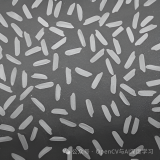

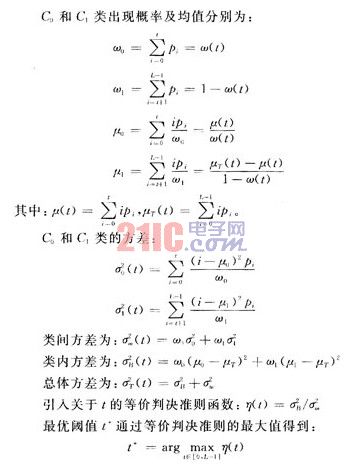










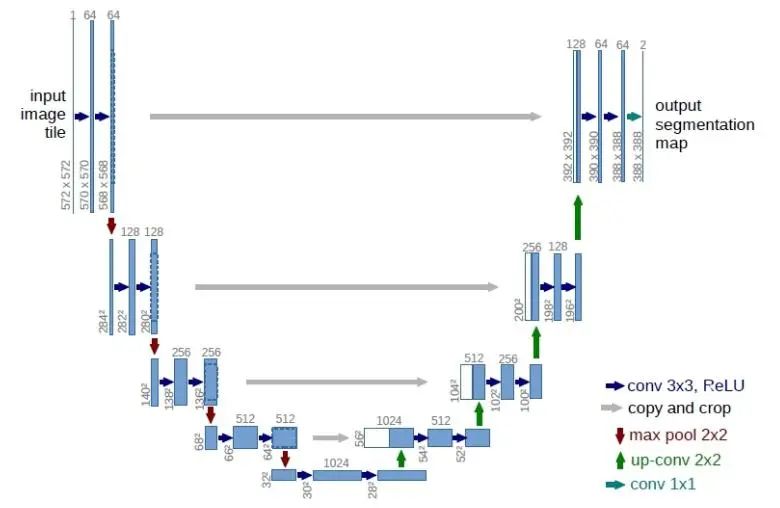
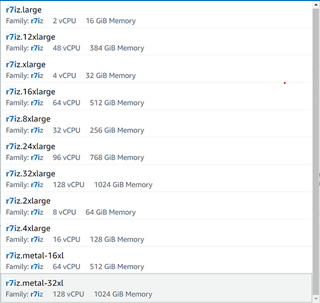
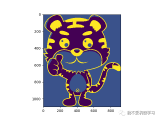












評論